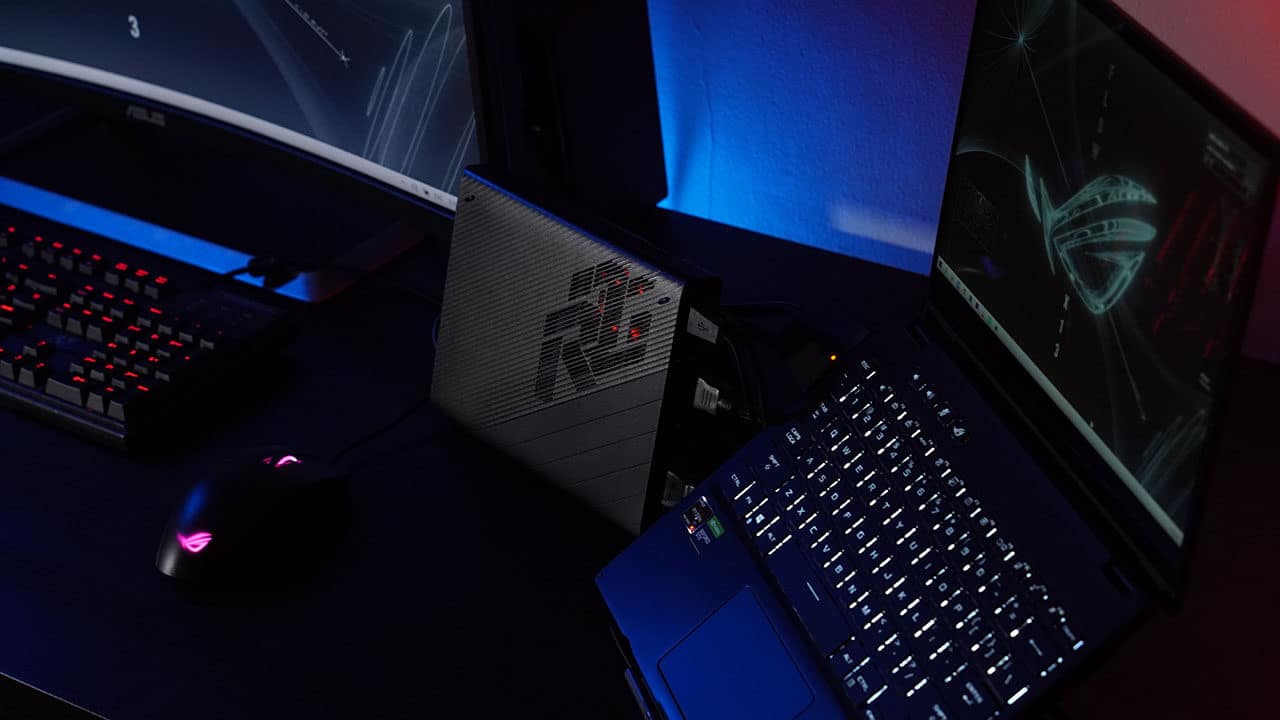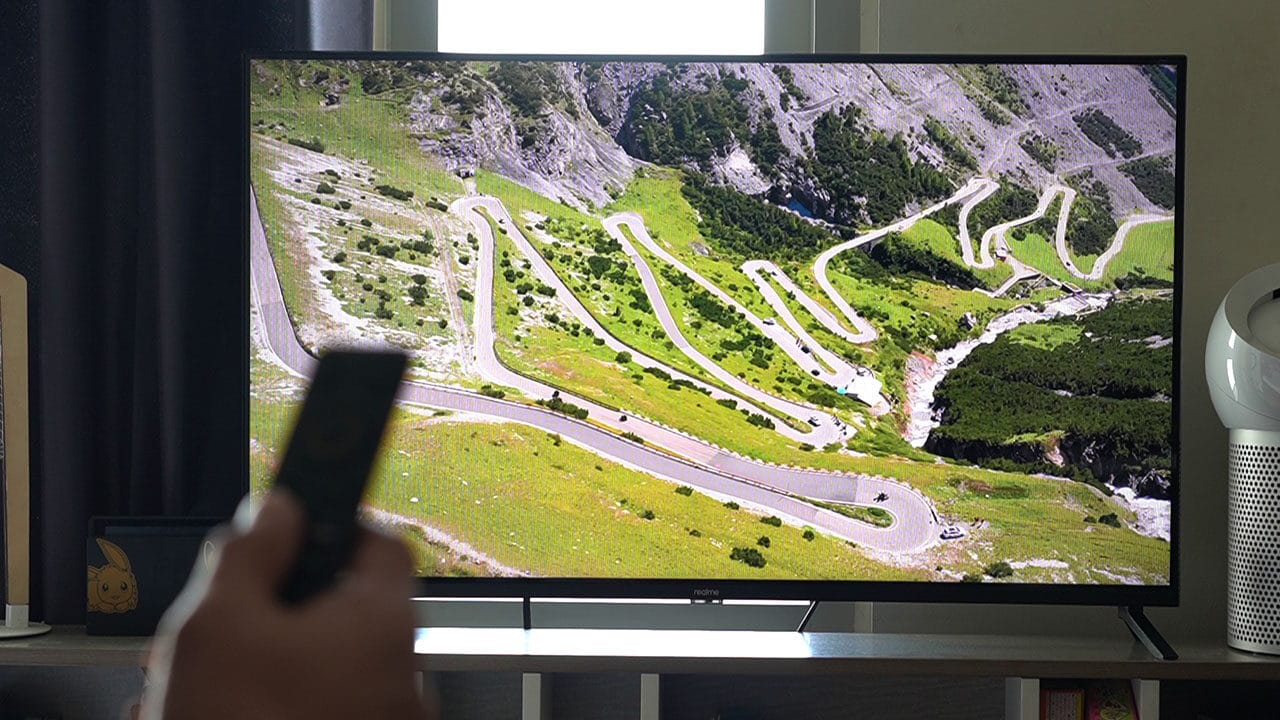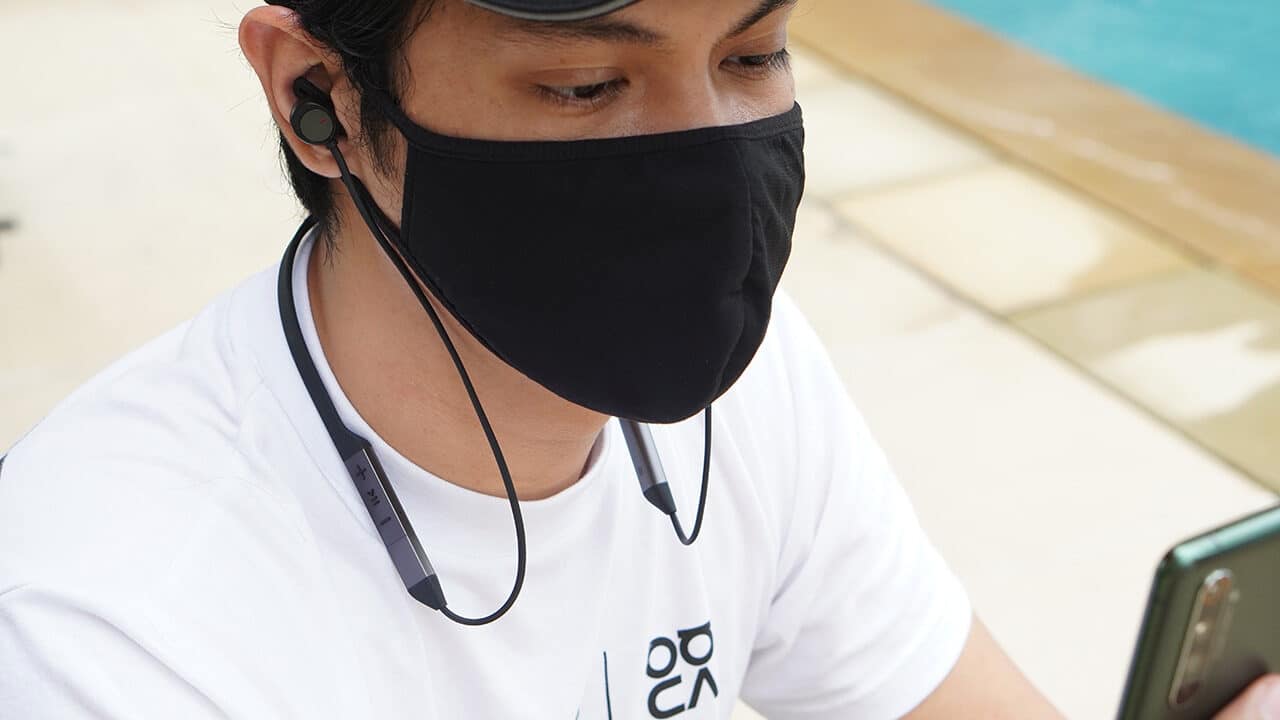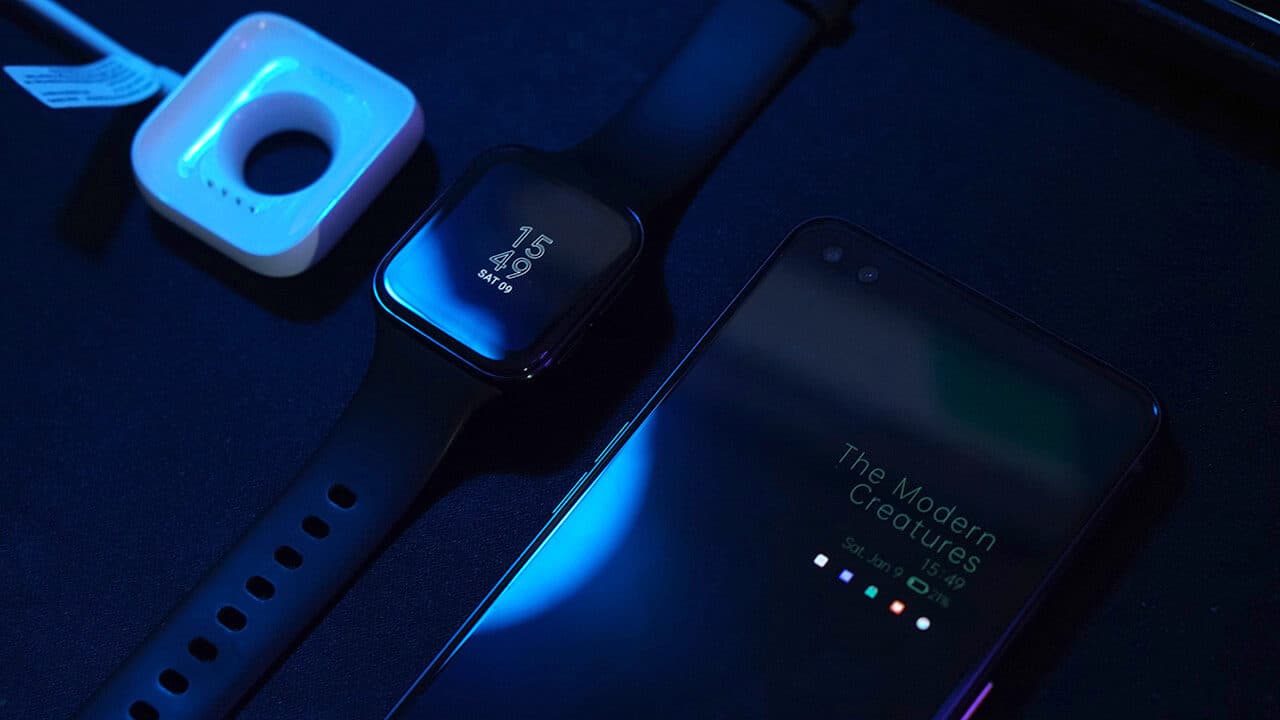Honda Accord EL Turbo CVT review: Packed with road-sensing tech

The Honda Accord HCPI lent us has decided to stand out among its peers with a sportier and youthful approach. Is this the vehicle for you?
ASUS ROG Flow X13 and XG Mobile review: Unique and powerful

You can bring it outside to work and when you get home, attach its external XG Mobile GPU to give it an added boost and be able to work on more demanding tasks.
realme Smart TV (43in) review: An affordable hub for your smart home

For 2020, the company is headed straight to smart homes with the same idea of bringing the latest tech at reasonable prices. This is our realme Smart TV review.
Samsung The Frame review: A beautiful mix of art and tech

It clearly boasts a unique design and features to attempt and to marry both art and technology in one package. Did it succeed? We find out.
Razer Kaira Pro review: Quality headphones for your Xbox

Looking for your next wireless gaming headphones specifically for your Xbox console could be overwhelming but Razer’s Kaira Pro is something to check out.
Huawei FreeLace Pro review: Sporty and comfy with serious ANC

Whatever characteristics you’re looking for in a fitness audio solution, the FreeLace Pro aims to address it. But how does it fare?
OPPO Watch review: A worthy contender?

OPPO has officially ventured into the smartwatch line of devices and introduced the OPPO Watch that runs on Android Wear. Is it a worthy challenger?
Xbox Series X review: Why you should buy it

With the launch of the Xbox Series X, it seems like Microsoft went back to the drawing board and learned from its mistakes.
Samsung Galaxy S20 FE review: The ‘almost-flagship’ phone you’d expect

Created with ‘fan-favorite’ features, the Samsung Galaxy S20 FE is supposedly the company’s answer to a more affordable device with premium offerings.
realme Buds Air Pro review: Affordable and feature-packed TWS earbuds

The realme Buds Air Pro offers and number of features including active noise cancelling. But does deliver on its promises of good sound, effective noise cancellation, and ease of use?
realme X50 Pro 5G review: Saving the best for last

With a really powerful Snapdragon processor, a quad-camera setup, fast-charging technology, and 5G connectivity, did realme save the best for last?
Huawei Watch GT 2 Pro review: A premium smartwatch for less

An affordable smartwatch made premium thanks to its robust build quality, a host of useful features, and seamless integration to our day-to-day lives.
Marvel’s Spider-Man: Miles Morales review on the PS4

We’re back to the web-slinging action with some additions and a promise of a new Spider-Man. How does this new game live up to the success of its predecessor?
realme Smart Cam 360 review: Making security smarter (and cuter)

The realme Smart Cam 360 is a security camera that’s easily accessible by you while you’re away. It also has features that improve picture quality among others.
Ford Territory Trend review: A great kind of basic

We have the basic model here but by the time this video review ends, you’ll be convinced that it’s everything but basic.
